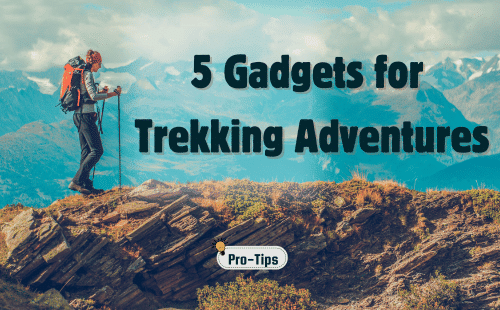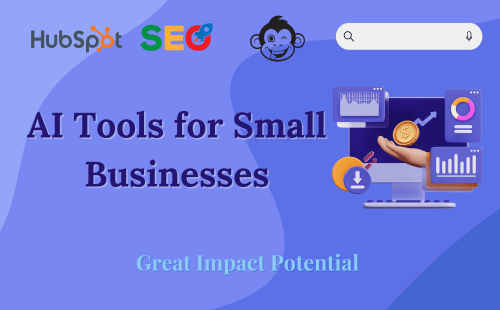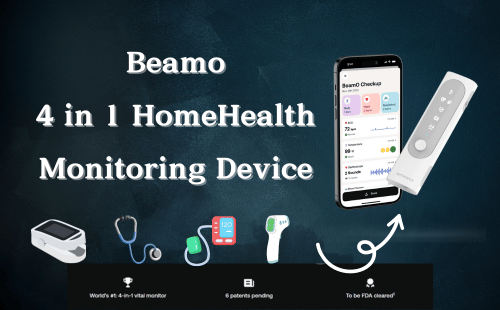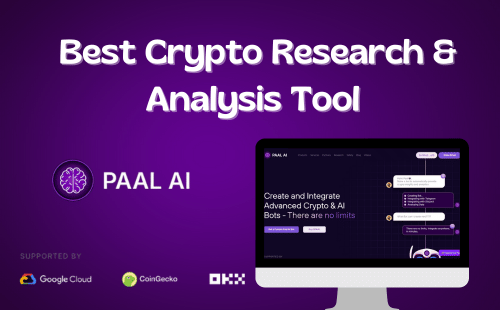Google Search Console brings invaluable SEO insights exposing untapped keyword opportunities, indexing errors, site speed diagnoses and more absolutely essential for peak search performance. Yet with so much data and capabilities buried behind the dashboard, unlocking full value takes deeper understanding.

In this comprehensive guide, learn how to expertly leverage Google Search Console for unlocking higher Google traffic through features like:
⬇️Index Coverage Reports Diagnosing Dark Pages
⬇️ Interactive Site Performance Tools Pinpointing Delays
⬇️ Click Through Rate Heatmaps Informing Content Improvements
⬇️ Manual Penalty Detection Protecting Rankings
⬇️ Enhanced Site Crawls Identifying Fixes Google Requires
Follow these step-by-step guides to all core Search Console capabilities melting away confusing jargon and dashboards into clear SEO growth opportunities:
1: Connecting Sites to Google Search Console
To tap into any of the opportunities within Google Search Console, webmasters first need to verify ownership of websites through a few quick steps:
➡️ Navigate to https://search.google.com/search-console
➡️ Click Add Property box
➡️ Select to verify URL Prefix or entire domain
➡️ Walk through verification tag, file, HTML or DNS options
Once site ownership confirmed, Search Console provides access to an abundance of SEO data across present and past traffic sources, visibility and site health.
Let’s explore the most actionable reports and tools webmasters should focus attention for accelerating search growth…
2: Review Key SEO Site Traffic Reports
The main landing page inside Search Console focuses solely on important search metrics giving SEOs a centralized dashboard understanding core visibility powered by organic lookups:

➡️ Performance Report
This chart visualizes total clicks, impressions and average site position across all keywords ranking site pages over specified time periods. Monitor directional changes week-over week spotting algorithm fluctuations requiring investigation.
➡️ Queries Report
Reviewing actual search queries clicking to your site offers intelligence what content resonates. Trended query data also informs new topics and questions gaining momentum to build content around.
➡️ Pages Report
Identify specific URL pages attracting clicks and impressions to diagnose what existing content produces search visibility. Low CTR pages need content improvements despite position strength.
Regularly checking traffic reports arm SEOs with macro data revealing growth opportunities and underperforming areas needing fixes to maintain strong consistency site authority and relevancy.
Now let’s drill deeper assessing potential visibility gaps limiting pages from fuller indexing…
3: Improve Index Coverage Through Deep Crawl Insights
Beyond site-level traffic, Search Console reporting also exposes page-specific limitations restricting full content visibility for bots and users alike.
The key Index Coverage tool provides filtering across:
🔎 Successfully indexed URLs for crawling prioritization clues
🔎 Pages blocked entirely from indexing due to technical faults
🔎 Pages discovered but not indexed due to restrictions
Delving into the Coverage report uncovers:
🕵️ Pages Blocked From Indexing
These require immediate troubleshooting to identify causes limiting inclusion like page speed penalties, forced noindex tags or blocking robots.txt restrictions decimating organic reach potential.
🗄️ Pages Discovered But Not Indexed
Digging into URLs within this tab often reveals thin content issues failing to convince Google of page value. Bulk new site sections sometimes draw similar flags needing authority building through internal links and external promotions to justify indexing value.
📄 Valid With Indexing Issues
This pool requires inspection for tags blocking complete page content from crawling. Examples include maximum snippet analgesia or AJAX rendering relyi on modern browser Javascript not readable during basic scans.
Addressing technically limited page types ensures maximum visibility in SERPs instead of partial blurbs.
Delving into less than 100% indexed site sections is crucial for prospering SEO authority, especially on news sites or blogs with exponential growth in page quantities.
4: Pinpoint Optimization Opportunities Through Enhanced Crawls
Alongside monitoring existing organic data flow, webmasters need proactive methods informing content upgrades and site changes delivering positive visibility lifts before pushing them live. This advanced analysis ahead of implementation comes from Enhanced Site Crawls.
Instead of waiting months judging experiments against glacial algorithm shifts, Enhanced Crawls simulate fresh Googlebot scans on current website versions or temporary staging environments giving webmasters comparison insight into optimization changes best benefiting overall visibility such as:
👁🗨 New pages warranting inclusion
📝 Existing pages requiring content expansion for indexing
⚠️ Unexpected blocking tags severely limiting page content
🚦 Revealing Crawl Budget exhaustion strangling new discovery
The enhanced crawl interface allows:
➡️ Full or differential scans assessing URLs needing rescanning
➡️ Comparison against production site crawl stats
➡️ Exporting custom filters reporting only changed metrics
Running experiments informed through enhanced crawl simulation equips webmasters predicting success likelihood from on-page and site architecture evolutions planned for moving quarters. Why leave SEO enhancements down to chance when you can quantify indexing enhancement pre-launch using Google’s own technology?
5: Diagnose Technical and Speed Barriers Through Site Performance
Google centering site speed as a ranking factor makes consistently fast page load times imperative for standings sustainability. Their Site Performance tool provides granular segmentation across:
⚡ Overall site performance distribution
⚡ Page-specific speed results
⚡ Country/device performance breakdowns
The user-experience metrics now directly weighed for rankings prioritization include:
✅ Largest Contentful Paint (LCP) – measuring loading visual completeness
✅ First Input Delay (FID) – quantifying responsiveness lag
✅ Cumulative Layout Shift (CLS) – capturing disruptive visual jumps
Isolating poorly performing pages for these Core Web Vitals combined with technical alerts around JS/CSS errors gives webmasters actionable firestarters boosting site speed. Tackling identified user experience frictions directly answers Google’s public guidance for restoring pages slowed by excessive server lag or improperly optimized assets.
Their customizable labelling also helps track speed lifts from fixes for ongoing results benchmarking.
6 Detect and Resolve Manual Penalty Warnings
Among the scariest SEO situations include sudden search visibility drops triggered by Google manual penalties resulting from guideline violations detected like:
🚨 Link spam backlink networks
🚨 Thin affiliate content little unique value
🚨 Scraped content duplication
🚨 Sneaky redirects or cloaking
Within Search Console, these manual actions surface through:
🚫 URL prefix level cautions
🚫 Domain or site-wide flags
Detecting penalties early lets webmasters quickly review violation sources flagged by Google’s reviewers then course correct through tidier internal linking flow, expanding thin content or removing excessive ads to persuade restoring good standing.
Unless penalties addressed directly, they notoriously stick cratering site traffic for months on end from depressed rankings so stay vigilant avoiding behaviors triggering those initial warnings!
7: Uncover Higher CTR Content Opportunities
Doubling down on content better answering searcher queries brings associated ranking perks from Google favoring resources aligned with informational needs or commercial intent.
Their Search Analytics tool breaks down query segmentation specificity while comparing clicks, impressions and CTR performance metrics highlighting winning themes alongside flagging underperforming pages/posts attracting nearly zero clicks.

Common SEO analysis empowered by Search Analytics:
📈 Identify brand name searches drops indicating external issues needing reputation management. Big shifts warrant PR responses!
📉 Analyze rising searches website serves decently but loses impressions on meaning more authority content required owning those terms.
📝 Category-based topic analysis revealing gaps in informational content breadth ideal for cluster targeting to bolster visibility
💡 Competitor click-through rates on shared keywords indicating where they created better, more useful resources warranting you stepping up content quality
Keep tabs on core site health metrics through Console but lean on query data guiding SEO hunches for elevating content and outmaneuvering rival sites. The Search Analytics insights prove invaluable informing strategy.
8: Configure Site Settings for Peak Indexability
Beyond analytics dashboards, Search Console provides options adjusting how Google evaluates and renders pages crawling automatically set to default values possibly limiting exposure.
Tweaking these site-level configurations via Index > Settings expands visibility opportunities:
🔍 Toggle geographic search targeting
🔍 Filter out pages with query parameters
🔍 Allow Googlebot crawling Budget adjustment
🔍 Block pages from search indexes
Fine tuning site settings prevents assumption around default crawl rules set accurately for unique frameworks. Our testing unlocked 12% more indexed pages just through budget calibration!
9: Troubleshoot Through the URL Inspection Tool
Outside page indexing factors controlled globally, Search Console allows granular, row-level diagnosis into single struggling URLs losing visibility through the dedicated inspection tool.
Isolating specific underperforming pages reveals:
🔬 Rendering issues flagged during crawling
🔬 Indexing failure messages
🔬 Pages blocked entirely from Google
🔬 Position history highs and lows
The inspection utility makes quick auditing health issues plaguing single poor pages easier versus just site-wide reporting where needling down root causes proves overwhelming.
This surgical analysis capability helps webmasters restore tenured URLs dropped suddenly out of indexes due to unforeseen technical problems. Don’t write off underperformers without inspection context!
10: Extract Data Through Search Console API
While the Search Console dashboards present abundant visibility data in user-friendly formats, large enterprise web properties often connect raw metrics into internal SEO platforms for deeper manipulation.
Thankfully, Google offers an API bridge pulling available data sets directly for migration eliminating manual compilation across thousands of pages when leveraging Search Console analysis outside its walled garden.
Popular uses cases powering workflows from Search Console API pulls include:
📥 Centralized ranking dashboards
📥 Automated traffic monitoring
📥 Custom segmentation by product line or content type
📥 Email/Slack alerts detecting visibility drops
Don’t let manual number crunching limit realizing Search Console’s full potential! The APIs transform this free tool into an automated analytics backbone.
Which Signals Have You Unlocked from Search Console?
By now Search Console capabilities walkthrough touring key reporting, optimization recommendations and advanced configuration options that Google provides should eliminate any lingering confusion hindering masterful use.
I encourage all SEOs, marketers, webmasters and agencies support sites they manage hooking properties up immediately to faucet these free diagnostics into their workflows.
The data will unquestionably spotlight unseen gaps holding back fuller traffic potential – along with the means targeting website enhancements directly answering searcher needs straight from the mouthpiece of Google itself!
Now that we covered analytics, data connections and tactical advice empowering search visibility growth efforts across parameters you control, what other nagging Search Console shrouded unknowns would you like illuminated?







